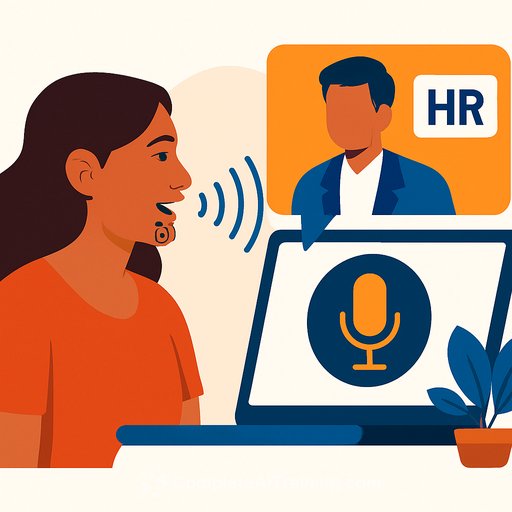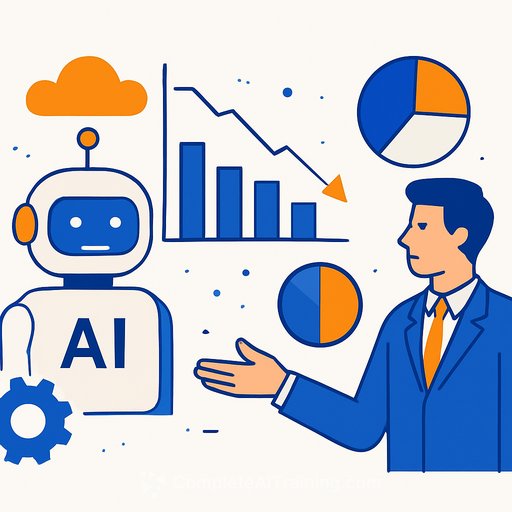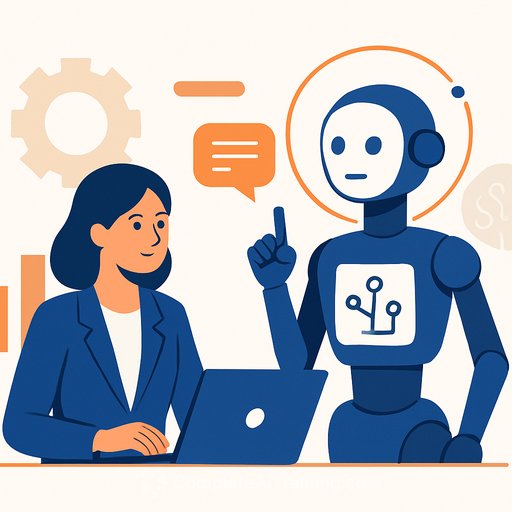Māori Voice Recognition Tech: What HR Leaders Can Learn About Inclusion
Voice recognition technology powered by artificial intelligence (AI) is everywhere — from real-time transcription to gauging customer sentiment in call centres. But most of these systems are built and fine-tuned primarily for English. That means voices speaking te reo Māori often go unheard or misinterpreted.
A pioneering project between the University of Auckland and broadcaster Te Hiku Media is changing this. They are developing Māori voice recognition and emotion detection software that respects not just the language but the cultural worldview behind it.
Why Inclusion Matters in Technology
English dominates the internet, and by extension, technology. This dominance sidelines other languages like te reo Māori. As Dr Gianna Leoni from Te Hiku Media points out, “Voices speaking te reo Māori often aren’t recognised at all.” The history of attempts to eradicate the language means reclaiming it requires intentional effort.
For HR leaders, this signals a clear message: inclusion isn’t just about who is physically present but whose voices your systems are designed to hear and understand.
Many AI tools today don’t accommodate Māori language or culture. When they do, the quality is often poor and lacks cultural perspective. This reality exposes a gap HR must address to ensure real inclusion.
What HR Leaders Can Take Away
- Audit your tools: Test AI systems to see if they work effectively for all languages and accents within your organisation.
- Invest in the long term: Genuine inclusion takes time and requires multi-year commitment.
- Build with, not for: Collaborate with communities to ensure they benefit directly from technological advances.
- See language as identity: Recognise that technology affects how worldviews and cultures are represented.
Ignoring these points risks employees and customers feeling unseen, which directly harms workplace engagement and inclusion.
Embedding DEI in HR Strategy
As AI becomes more embedded in workplace technology stacks, making sure it’s inclusive is no longer optional. Dr Jesin James from the University of Auckland highlights the complexity: “It’s not easy and it’s not quick… we don’t have enough annotated data, which is the foundation for these systems.”
Errors in automatic transcription often reinforce biases, especially when accents are misinterpreted as poor language skills. The project team spent two years building foundational datasets before even starting development, underscoring that meaningful inclusion demands patience and dedication.
Speed isn’t the answer. Leoni stresses the value of quality over quick rollout: “Companies often rush to be first, but the focus should be on doing it right — using high-quality data to create tools that truly work for our people.” That philosophy applies equally to all diversity initiatives: engagement over tokenism, quality over speed.
The Importance of Emotional Nuance
This project also challenges Western models of emotion, which focus on just six basic emotions. Māori emotional expressions are more nuanced and often lost or misunderstood in English translations.
PhD student Himashi Rathnayake explains, “If the emotions we start with don’t represent the people using the technology, then what’s the point?”
Te Hiku Media’s expertise in Māori speech technology, combined with years of trust-building with the University, made this resource-intensive project possible. As Dr Leoni puts it, “All our work is about making sure it works for our community — that understanding is clear and doesn’t even need to be spoken anymore.”
Ultimately, this project goes beyond building software. It’s about making sure every voice can be heard, within business and beyond.
Your membership also unlocks:






